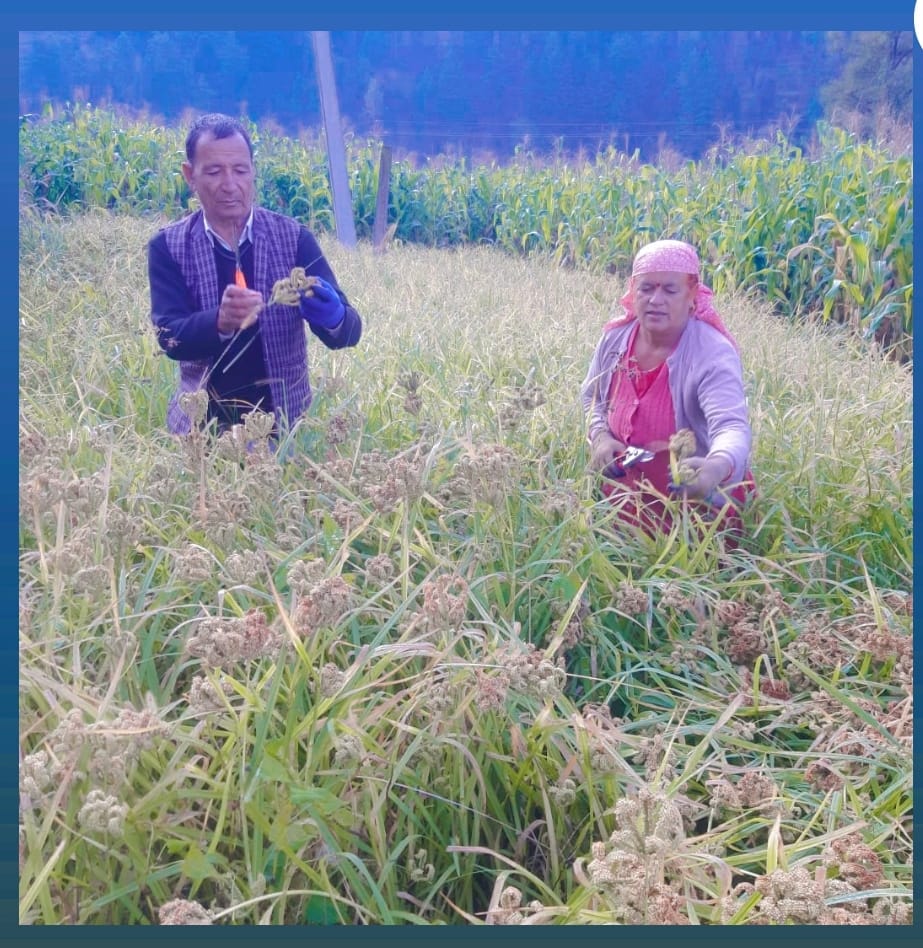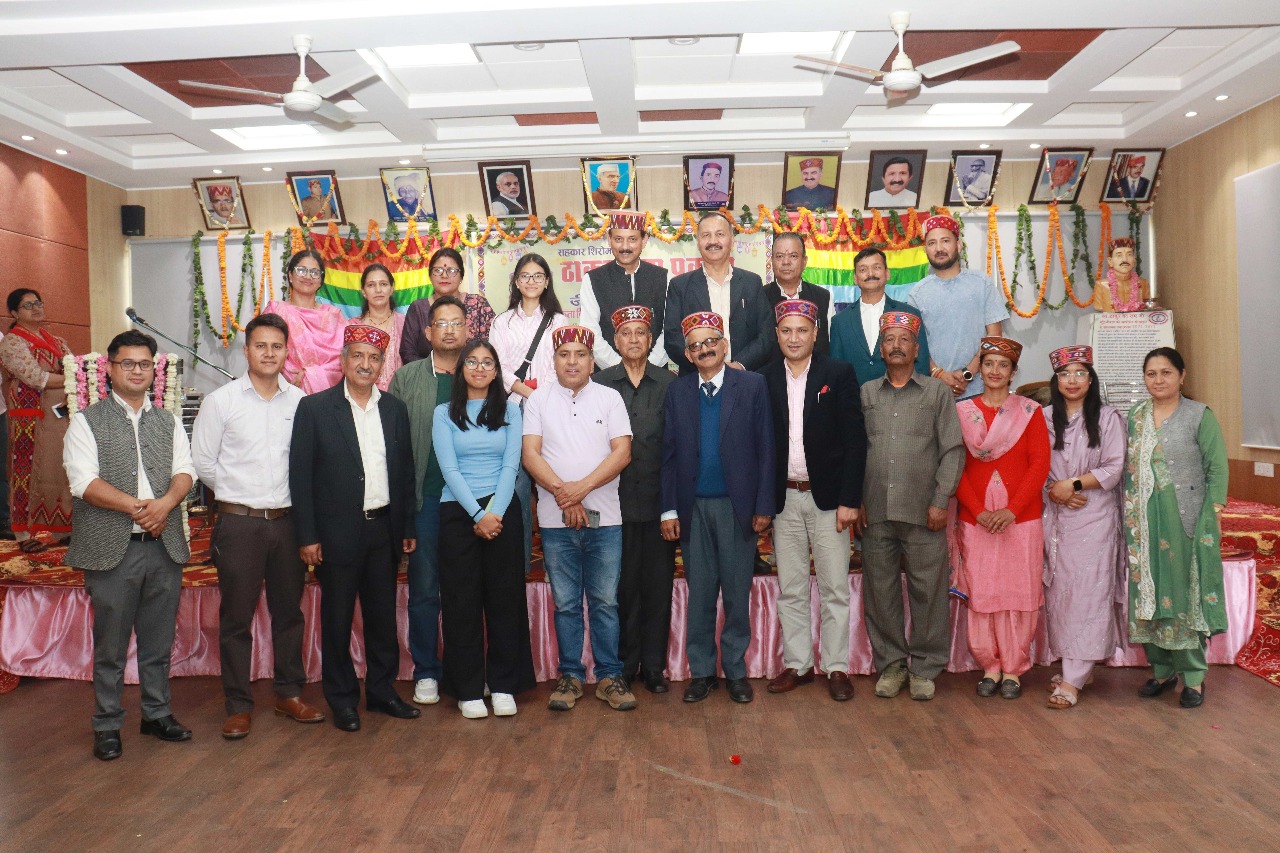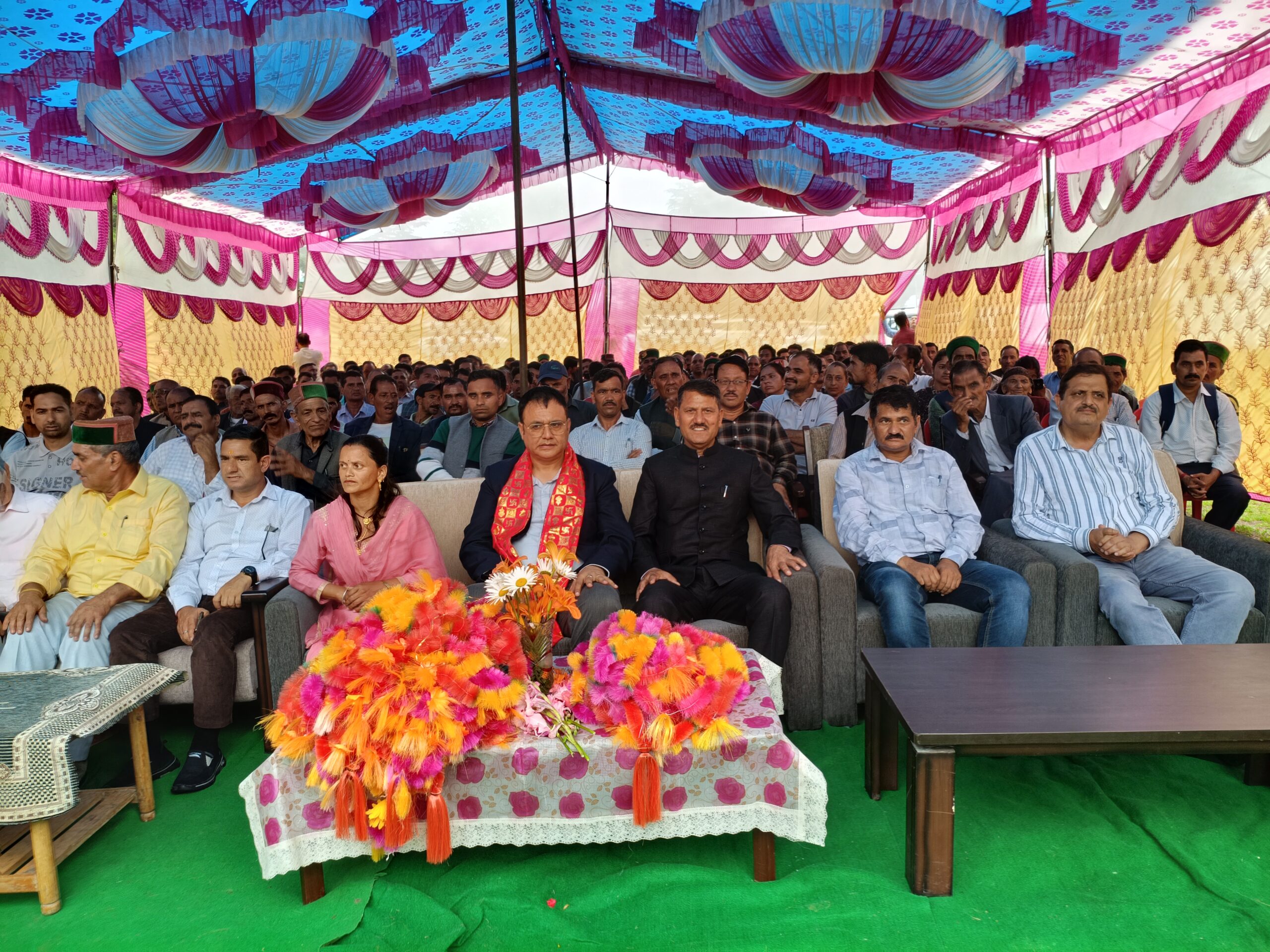Unlocking the benefits of Kodo / Kodra :In the era of Millet.

Shimla:
Widely cultivated in India and parts of Africa, this resilient grain is a staple in many traditional diets. India is known as the country where Kodo millet was originated. It is assumed that domestication of Kodo / kodra millet (Paspalum scrobiculatum ) took place about 3000 years ago . Kodo millet is cultivated mainly in India and Madhya Pradesh ranks first in its cultivation in the country. Now our state is not immune from its cultivation .Though its cultivation is in its infancy stage in Himachal Pradesh.The cultivation of this crop has ancient roots, where it was revered for its ability to thrive in times of famine and was a vital companion crop to rice. Dishes made with Kodo millet are highly palatable and can be easily integrated into mainstream rice-based dishes.
Millets are unique among the cereals because of their richness in calcium, dietary fibre,polyphenols and protein. Kodo millet is rich in vitamins, minerals, and phytochemicals containing sulfur, so it is called “nutri-cereals.
Kodo Cultivation in Himachal Pradesh:
Climate and Soil: Kodo thrives in subtropical climates with well-drained sandy loam or clay soils. The cool temperature of Himachal Pradesh is suitable for its cultivation.
Cultivation Practices: Farmers often practice mixed cropping, growing Kodo along side other crops. It requires less water compared to rice and wheat, making it suitable for areas with limited irrigation.
Economic Aspect: While not as widely cultivated as major cereals, Kodo provides farmers with an additional source of income and supports food security in hilly areas.
It’s particularly valued for its nutritional benefits and adaptability to hilly terrains
Farmers Harvesting their Kodo/ Kodra crop In Seraj Valley.
Farmers cultivating it often encounter several challenges that can affect productivity and sustainability. Here are some of the key issues:
Awareness and Adoption: There is a general lack of awareness about the nutritional benefits of kodo millet among consumers. Need of hour is to aware about the benefits of Kodo among farmers and consumers.
Agronomic Practices: Improving agronomic practices and providing access to better seeds and resources can enhance yields of this crop.
Knowledge Gap: Many farmers may not be aware of the benefits and cultivation techniques specific to Kodo, leading to underutilization.
Seed Availability: Quality seeds of improved varieties may not be readily available, affecting crop yield and resilience.
Seed Replacement: Farmers may rely on saved seeds, which can degrade in quality over time.
Nutritional Profile of Kodo /Kodra
Kodo millet is packed with essential nutrients, making it an excellent choice for health-conscious individuals. It is rich in:
Protein: Contains about 8-9% protein, which is higher than most other millets.
Fiber: A great source of dietary fiber, aiding digestion and promoting a feeling of fullness.
Minerals: Rich in iron, calcium, magnesium, and phosphorus, supporting overall health and bone density.
Vitamins: Contains B vitamins, particularly B1 (thiamine) and B3 (niacin), which are crucial for energy metabolism.
Health Benefits
Gluten-Free: Kodo millet is naturally gluten-free, making it suitable for those with gluten intolerance or celiac disease.
Low Glycemic Index: It has a low glycemic index, which helps regulate blood sugar levels, making it a smart choice for diabetics.
Rich in fiber : The high fiber content aids in weight reduction by promoting satiety and reducing overall calorie intake. Its fiber content promotes gut health and regular bowel movements.
Promote cardiac health : Kodo millet is known to lower cholesterol levels, thus reducing the risk of heart disease.
Culinary Use:
Kodo millet can be prepared in various ways, making it a versatile addition to any meal. It can be cooked as a grain, used in salads, porridge, as a flour for making roti , kachauri, siddu (traditional dishes of Himachal Pradesh ) . Some other dishes include:
Kodo Millet Upma: A savory breakfast dish made with vegetables and spices.
Kodo Millet Porridge: A warm and nutritious breakfast option.
Kodo Millet Idli/Dosa: Fermented batter made with kodo millet for traditional South Indian dishes.
Sustainability and Environmental impact
Being a drought resistance crop ,kodo millet or kodra thrives in less fertile soils ,less water compared to other cereals crops like rice and wheat. Its resilience makes it an ideal choice for sustainable agriculture ,in climate affected regions promoting its cultivation can add to biodiversity and food security.
The blending of health awareness, supportive policies, market opportunities, and sustainable agricultural practices positions Kodo cultivation favourable for the future in Himachal Pradesh. With concerted efforts from farmers, government, and communities, Kodo could become a key crop contributing to food security and economic sustainability in the region.
(Writer of this article is Dr. Manju Lata Sisodiya Assistant Professor Botany MLSM College Sundernagar Mandi.)




